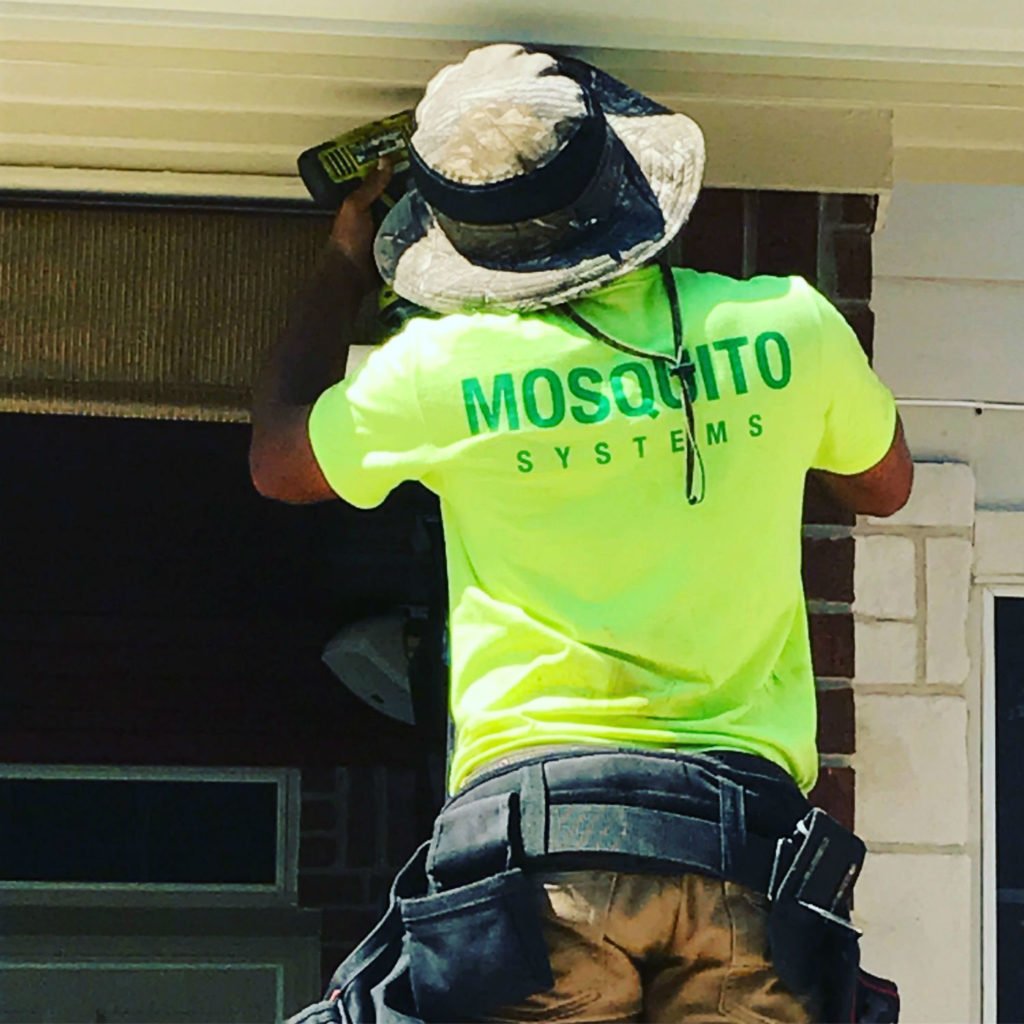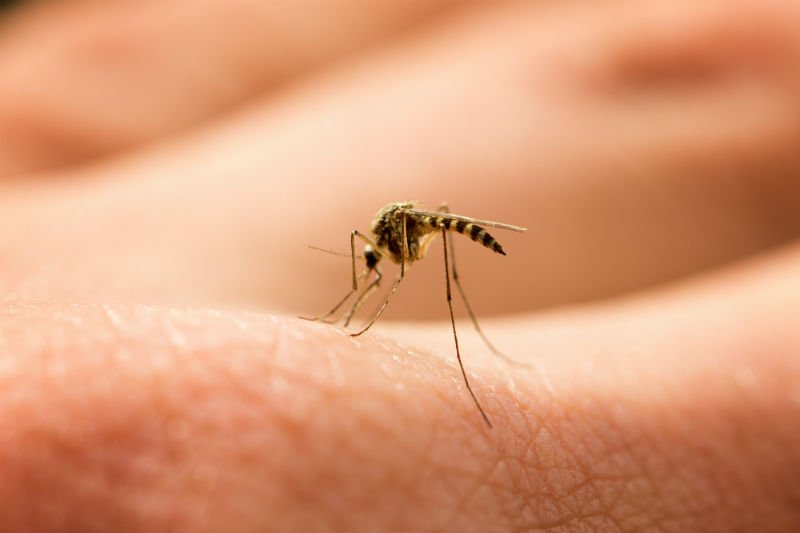You should contact Texan Mosquito Systems if you are searching for Sugar Land TX mosquito control. Mosquitos are potentially dangerous to your wellbeing, health, and time spent in your backyard. These insects feed on blood and reproduce in standing water. A hot and humid climate like Houston is a perfect environment for mosquitos.

Texan Mosquito Systems sets the standards when it comes to misting systems.
Terminix ranked Houston as the third most mosquito-infested city in the United States. Houston’s proximity to the Gulf of Mexico and frequency rain creates an area where mosquitos can thrive. So, homeowners are likely to experience the threat of mosquitos when they are sending time in their backyard.
Well, there are methods of eliminating the presence of mosquitos without spending hundreds of dollars. However, the most effective method is a misting system. Texan Mosquito Systems has installed numerous misting systems for homeowners. They are effective in eliminating mosquitos from your backyard. Subsequently, you and your family will be safer.
Mosquitos are dangerous creatures as they can spread deadly diseases such as West Nile Virus and Malaria. Millions are affected by these diseases every year. For that reason, you should eliminate the threat within your own backyard. Do not let mosquitos ruin your next pool party, barbecue, or cookout.
The Life Cycle of a Mosquito
In order to eliminate mosquitos in your backyard, you must know their life cycle. Water plays a vital role in a mosquito’s life cycle. Mosquitos can lay eggs in a half-inch of water, which is why eliminating standing water is so important.
There are four stages: egg, larva, pupa, and adult.
Egg
An adult female will lay her eggs on the surface of the water that resembles rafts. Of course, the type of mosquito determines how the eggs are laid. Some species lay their eggs in soil that will be flooded with water later. Regardless, eggs typically hatch 48 hours after being laid. In the case of areas that have severe winters, mosquito eggs are capable of withstanding sub-zero temperatures.
Larva
Once the eggs hatch, larvae escape into the water to feed on microorganisms and organic matter. As they feed, some species must return to the surface to get air. Others have tubes that link to the surface while others attach to plants for oxygen. During feeding, larvae molt, which is the process of shedding skin and growing larger. During the fourth molt, the larvae will enter the pupa stage.
Pupa

Only female mosquitos feed on blood.
Pupae do not feed and instead rest during this stage. However, pupae are not entirely immobile. They will respond to movement and swim to safety when they feel threatened. The pupa stage is when the larva transitions into an adult mosquito. You can equate this part of their life cycle to those of centipedes when they enter a cocoon. The process is very similar to metamorphosis in butterflies. Once the pupa stage is done, the adult mosquito emerges.
Adult
Adults emerge from the pupae about two days after entering it. This varies from species to species, however. The adult mosquito will rest on the pupa until it has dried its wings, and the rest of its body is solidified. Feeding nor mating occurs for a few days. Females will go on to feed on blood and lay as many eggs as possible while males will feed on flower nectar.
The total length of each stage depends on the species and the environment. Some species have adapted to complete the cycle in just a week, while others take a month. Plus, the temperature can have a great effect on the cycle. A ten-degree difference can either add or subtract days from the cycle.
Eliminate Mosquitos In Your Backyard
There are methods you can use to eliminate mosquitos in your backyard. These tasks are simple and do not require a large amount of money. Instead, they are simple actions you can perform in a day and continue to maintain throughout owning your home.
Get Rid of Standing Water
Mosquitos only need a half-inch of water to lay their eggs. Water can be collected in buckets, tires, barrels, clogged gutters, and more. By eliminating these areas, you are reducing the places in which mosquitos can reproduce in your backyard. It is best to be thorough as a half-inch of water can be found almost anywhere. When it comes to a birdbath, you can remove the water weekly to avoid the development of mosquitos, or you can treat it. The same goes for water sources you cannot remove like a pool or pond.
Treat Standing Water
There are many methods you can use to treat standing water in your backyard. One of the most popular methods is known as Mosquito Dunks. These dunks are made from organic bacteria that specifically target larvae and pupae in the water.

Treat water you cannot remove with mosquito dunks.
Throw some mosquito dunks in your birdbath or coy bond. The materials used in the dunks are not harmful to other animals like fish, birds, deer. Plus, the materials are safe for aquatic vegetation. These dunks only need to be used monthly. There are even options for larger ponds and lakes.
Trim Grass and Weeds
Overgrown grass and weeds are the perfect places for mosquitos to rest. In fact, it is their favorite place to rest during the day when the sun is beating down. Cut your grass to at least five inches. Remove weeds in your flower gardens, around edges of the house, and other areas. These places are where mosquitos rest and invite them to your backyard.
Sugar Land TX Mosquito Control
The Greater Houston Area is battered by pesky mosquitos every year. The best method of eliminating their presence is through a mosquito misting system. This system is completely safe and target mosquitos at their most active times: dusk and dawn.
If you are interested in our installation, maintenance, and repair services, then give us a call. You can reach our team at (713) 766-1090. Our technician will help you work with your new misting system and provide answers to any questions you may have. So, stop needing a Sugar Land TX mosquito control system and start enjoying your mosquito-free yard.
Fun Facts about Sugar Land
- Sugar Land in 2013 now boasts a population of 84,511.
- Sugar Land was the first community in the entire country to be named a Community of Respect (2007), and this is the 6th year (2012) that we have received that distinction.
- It was a company town for over 50 years before it incorporated in 1959 with a population of 2,259.
- Learn more about Sugar Land here.
